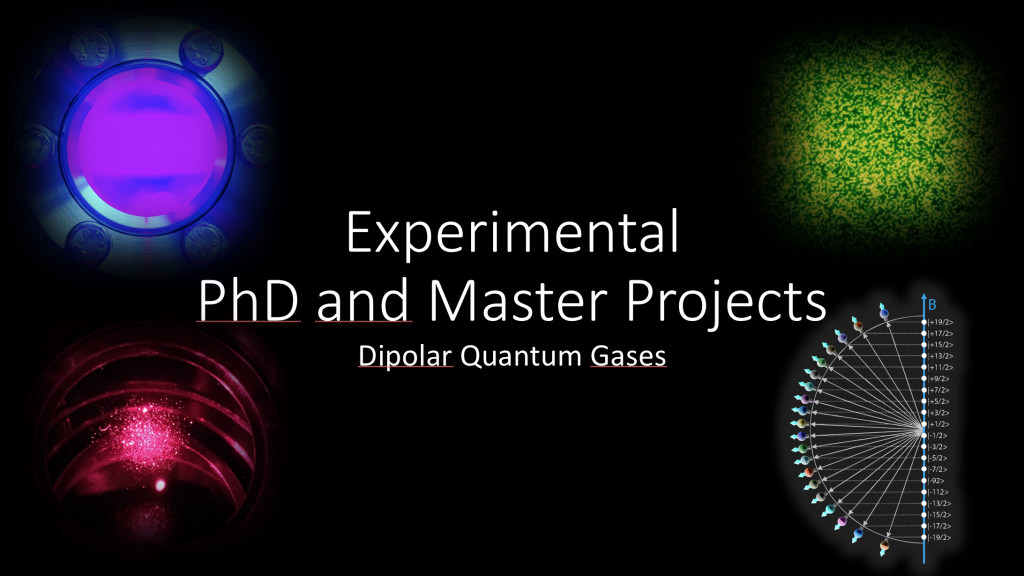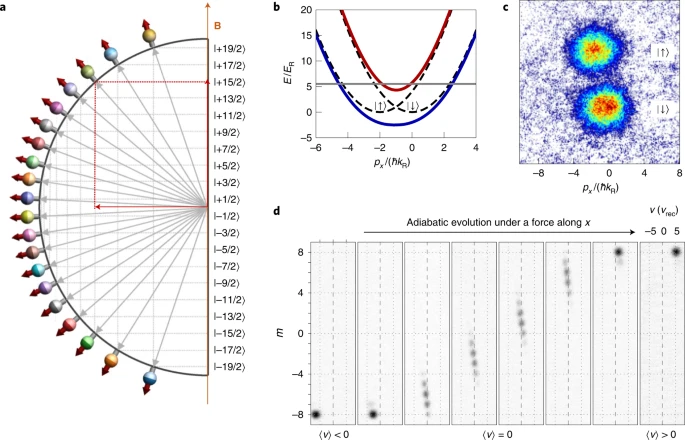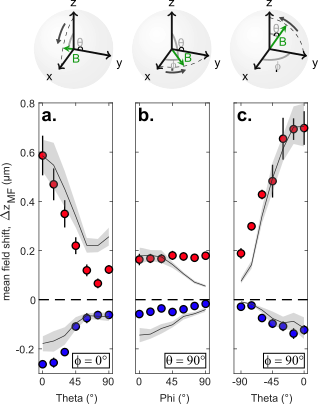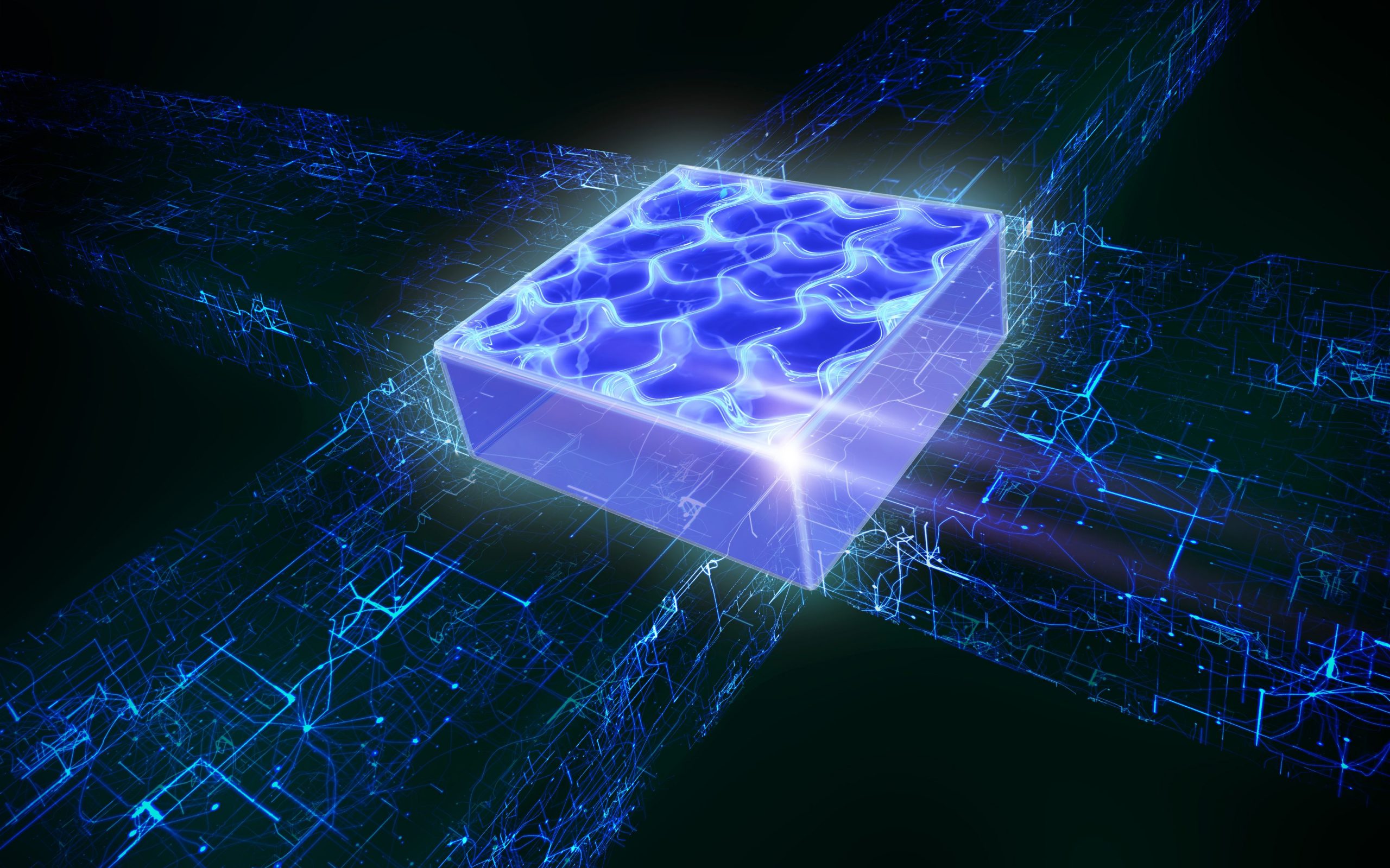
It is now an exciting time to work with ultracold highly-magnetic quantum gases, thrived by the rapid developments of quantum science based on lanthanide species. We are continually searching for outstanding Master and PhD Students!
Center for Ultracold Atoms and Quantum Gases, IExP and IQOQI, Innsbruck
Category for scientific news of the Er-Dy group

Our review on the quantum many-body physics in ultracold magnetic lanthanides is now published in Nature Physics!
Take a look here: Developments in atomic control using ultracold magnetic lanthanides

In a new joint theory-experimental collaboration, we investigate the extent that angular oscillations of a dipolar supersolid can tell us about the superfluidity of the system. Previous investigations of this been confined to linear droplet arrays.
Here, together with Prof. Luis Santos at the University of Hannover, we explore angular oscillations in systems with 2D structure, which in principle have greater sensitivity to superfluidity. Surprisingly, in both experiment and simulation, we find that the frequency of angular oscillations remains nearly unchanged even when the superfluidity of the system is altered dramatically. Indicating that angular oscillation measurements do not always provide a robust experimental probe of superfluidity with typical experimental protocols.

We present a first study of the influence of the dipole-dipole interaction on the total inter-species interaction in our erbium-dysprosium mixture. In collaboration with M. Modugno from the University of the Basque Country, we develop a model for our heteronuclear mixture, which describes qualitatively well our system and allows us to predict a lower and an upper bound for the inter-species scattering length. With this work, we make the first steps toward the study of the experimentally unexplored miscibility-immiscibility phase diagram and the realization of quantum droplets and supersolid states in heteronuclear dipolar mixtures.
This work is now published as the editors’ suggestion in Phys. Rev. A [paper] [arXiv]

Applications have now opened for the Introductory Course on Ultracold Quantum Gases 2022 winter school. This will take place in Innsbruck between the 9th and 11th February 2022. Please visit the website for more information and to apply.

Quantum matter can be solid and fluid at the same time – a situation known as supersolidity. The Er-Dy team has now created for the first time this fascinating property along two dimensions. Congrats to Matt, Claudia and the whole team!
Quantum gases are very well suited for investigating the microscopic consequences of interactions in matter. Today, scientists can precisely control individual particles in extremely cooled gas clouds in the laboratory, revealing phenomena that cannot be observed in the every-day world. For example, the individual atoms in a Bose-Einstein condensate are completely delocalized. This means that the same atom exists at each point within the condensate at any given time. Two years ago, the research group led by Italian born Francesca Ferlaino from the Department of Experimental Physics at the University of Innsbruck and the Institute of Quantum Optics and Quantum Information at the Austrian Academy of Sciences in Innsbruck managed for the first time to generate supersolid states in ultracold quantum gases of magnetic atoms. The magnetic interaction causes the atoms to self-organize into droplets and arrange themselves in a regular pattern. “Normally, you would think that each atom would be found in a specific droplet, with no way to get between them,” says Matthew Norcia of Francesca Ferlaino’s team. “However, in the supersolid state, each particle is delocalized across all the droplets, existing simultaneously in each droplet. So basically, you have a system with a series of high-density regions (the droplets) that all share the same delocalized atoms.” This bizarre formation enables effects such as frictionless flow despite the presence of spatial order (superfluidity).
New dimensions, new effects to explore
Until now, supersolid states in quantum gases have only ever been observed as a string of droplets (along one dimension). “In collaboration with theorists Luis Santos at Leibniz Universität Hannover and Russell Bisset in Innsbruck we have now extended this phenomenon to two dimensions, giving rise to systems with two or more rows of droplets,” explains Matthew Norcia. This is not only a quantitative improvement, but also crucially broadens the research perspectives. “For example, in a two-dimensional supersolid system, one can study how vortices form in the hole between several adjacent droplets,” he says. “These vortices described in theory have not yet been demonstrated, but they represent an important consequence of superfluidity,” Francesca Ferlaino is already looking into the future. The experiment now reported in the journal Nature creates new opportunities to further investigate the fundamental physics of this fascinating state of matter.
New research field: Supersolids
Predicted 50 years ago, supersolidity with its surprising properties has been investigated extensively in superfluid helium. However, after decades of theoretical and experimental research, a clear proof of supersolidity in this system was still missing. Two years ago, research groups in Pisa, Stuttgart and Innsbruck independently succeeded for the first time in creating so-called supersolids from magnetic atoms in ultracold quantum gases. The basis for the new, growing research field of supersolids is the strong polarity of magnetic atoms, whose interaction characteristics enable the creation of this paradoxical quantum mechanical state of matter in the laboratory.
The research was financially supported by the Austrian Science Fund FWF, the Federal Ministry of Education, Science and Research and the European Union, among others.